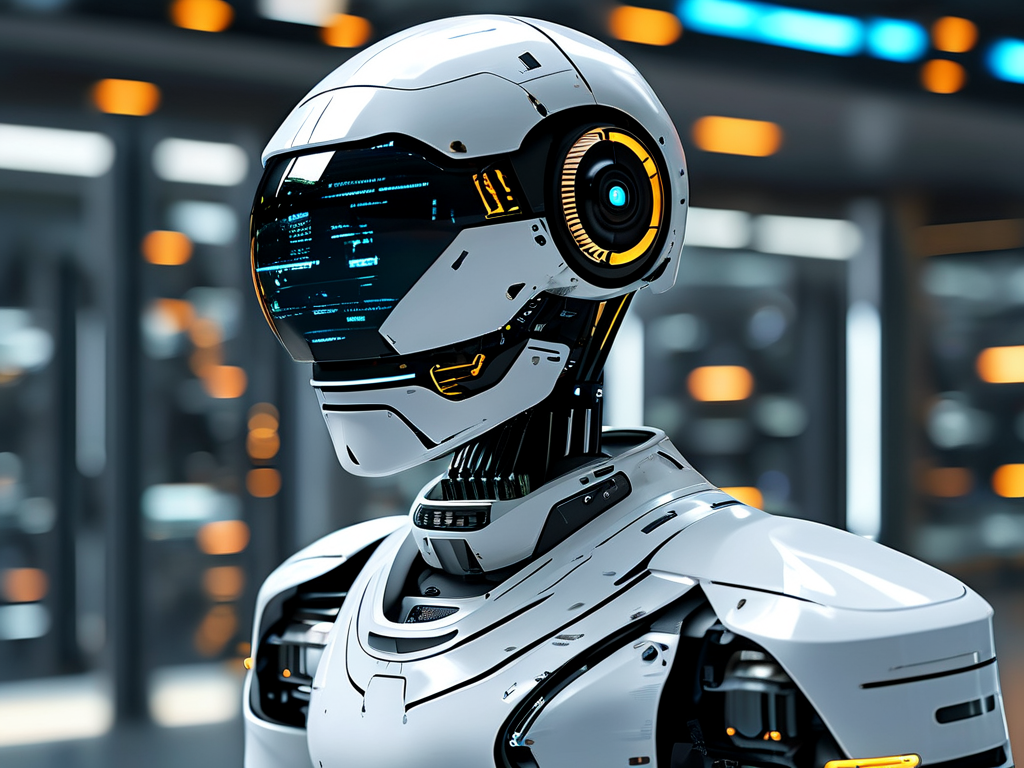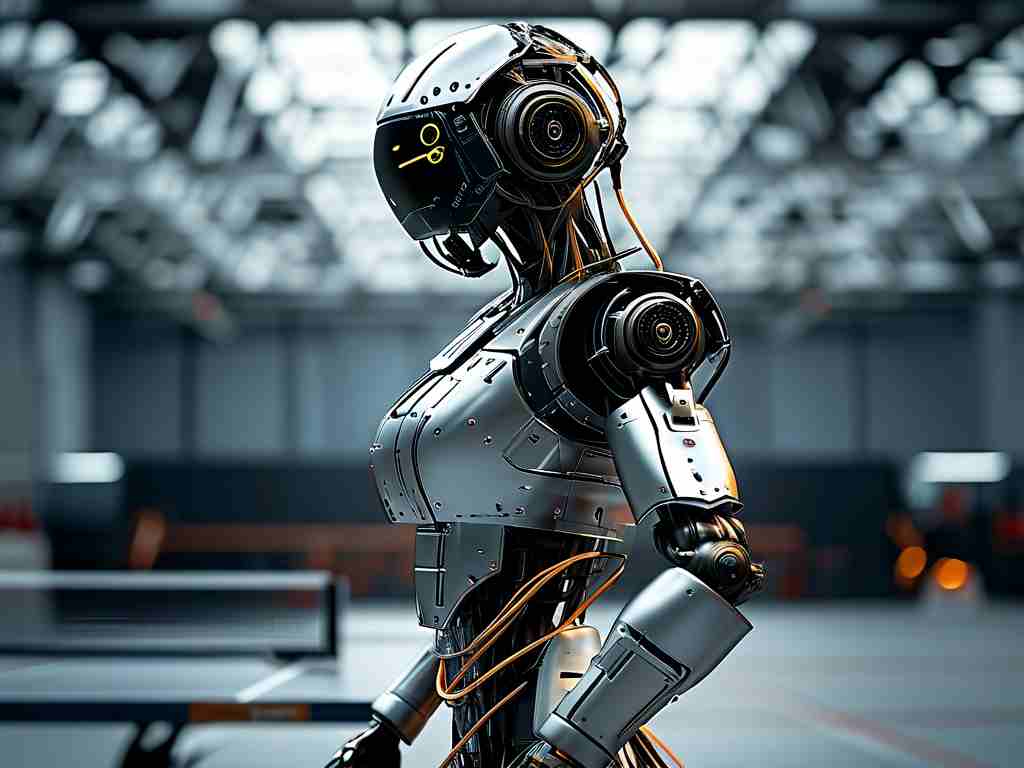The rapid evolution of robotics has always been intertwined with advancements in computational power, and at the heart of this transformation lies the development of specialized chips. Over the past decade, breakthroughs in semiconductor design, energy efficiency, and artificial intelligence (AI) integration have redefined what robots can achieve. This article explores the cutting-edge trends in robotic chip technology, their implications for industries, and the challenges that lie ahead.

The Rise of Purpose-Built Robotics Chips
Traditional processors, while versatile, often struggle to meet the unique demands of robotics, such as real-time data processing, low latency, and power efficiency. To address this, companies are designing chips tailored for robotic applications. For instance, neuromorphic chips—inspired by the human brain’s neural networks—enable machines to process sensory data more efficiently. IBM’s TrueNorth and Intel’s Loihi are pioneering examples, offering unparalleled speed in pattern recognition and decision-making while consuming minimal energy.
Another innovation is the integration of field-programmable gate arrays (FPPGAs) into robotic systems. Unlike static chips, FPGAs can be reprogrammed post-manufacturing, allowing robots to adapt to new tasks without hardware upgrades. This flexibility is critical in industries like manufacturing, where production lines frequently shift to accommodate customized products.
AI Acceleration and Edge Computing
Modern robots rely heavily on machine learning algorithms to navigate environments, recognize objects, and interact with humans. However, training these models requires immense computational resources. To bridge this gap, chipmakers are embedding dedicated AI accelerators—such as tensor processing units (TPUs) and graphics processing units (GPUs)—into robotic hardware. These components optimize matrix calculations, slashing training times and enabling real-time inference.
Edge computing has further amplified this trend. By processing data locally on robotic devices rather than relying on cloud servers, latency is reduced, and privacy concerns are mitigated. Qualcomm’s Robotics RB5 platform exemplifies this approach, combining 5G connectivity, AI engines, and edge-computing capabilities to power autonomous drones and industrial robots.
Energy Efficiency: A Game-Changer for Autonomy
One of the most pressing challenges in robotics is power consumption. Batteries remain a bottleneck for mobile robots, limiting their operational duration. Advanced chip technologies are tackling this issue through ultra-low-power architectures. For example, ARM’s Cortex-M series processors prioritize energy efficiency without compromising performance, enabling smaller robots to operate for hours on a single charge.
Similarly, startups like GreenWaves Technologies are developing RISC-V-based chips optimized for always-on sensory processing in robots. These chips draw less than 10 milliwatts of power, making them ideal for applications like environmental monitoring or wearable assistive devices.
Sensors and Chips: A Synergistic Relationship
Robotic perception hinges on sensors—cameras, LiDAR, tactile sensors—and their seamless integration with processing units. Modern chips now incorporate sensor fusion capabilities, merging data from multiple sources to create a cohesive understanding of the environment. NVIDIA’s Jetson AGX Orin, for instance, combines AI processing with support for up to 12 cameras and six LiDAR units, empowering robots to navigate complex spaces autonomously.
Moreover, advancements in memristor technology are enabling chips to store and process data simultaneously, mimicking the human brain’s ability to learn from experience. This could revolutionize robotic adaptability, allowing machines to refine their skills through real-world interactions rather than pre-programmed routines.
Challenges and Ethical Considerations
Despite these strides, hurdles remain. Manufacturing specialized chips at scale is costly, and compatibility issues between hardware and software persist. Additionally, the concentration of chip production in a handful of global suppliers raises concerns about supply chain resilience.
Ethically, the rise of autonomous robots powered by advanced chips sparks debates around job displacement and decision-making accountability. For example, who is responsible if a robot equipped with an AI chip makes an error in a medical setting? Policymakers and technologists must collaborate to establish frameworks that balance innovation with societal safeguards.
The Road Ahead
Looking forward, quantum computing could redefine robotic chip capabilities by solving optimization problems intractable for classical processors. Companies like Google and IBM are already experimenting with quantum algorithms for robotics applications, though widespread adoption remains years away.
In the near term, hybrid chips combining digital and analog components may gain traction. These designs promise faster processing for specific tasks, such as controlling robotic limbs with millisecond precision.
In , the fusion of robotics and chip technology is unlocking unprecedented possibilities—from precision agriculture to personalized healthcare. As engineers push the boundaries of what’s possible, the focus must remain on creating scalable, ethical, and sustainable solutions that benefit humanity as a whole.









